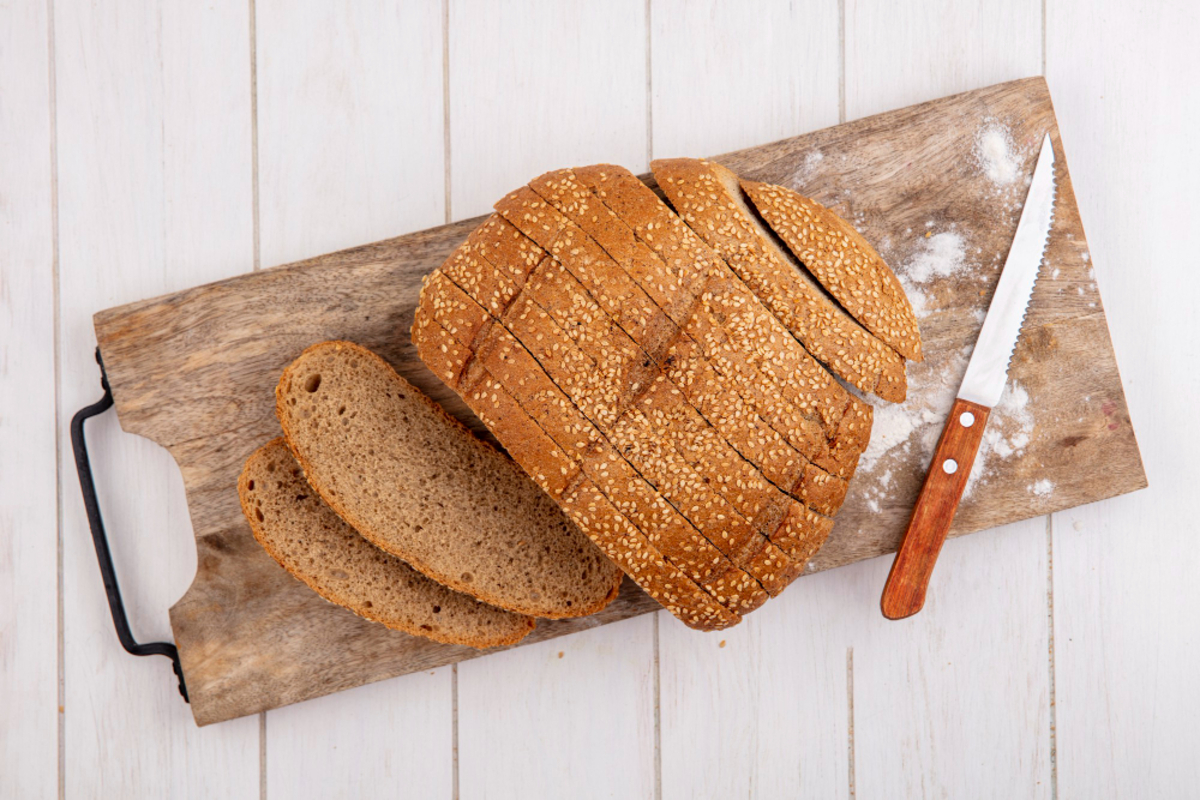Making sourdough sandwich bread recipe is a rewarding experience, especially when you’re aiming for a soft, fluffy loaf that’s perfect for everyday sandwiches. With just a few key ingredients and a little patience, you’ll soon be able to enjoy your own homemade bread with a natural tangy flavor. Sourdough is known for its distinct taste, texture, and health benefits due to the natural fermentation process involved.
Understanding the Sourdough Starter
The essential component of any sourdough recipe is the sourdough starter. This naturally fermented mixture of flour and water is what gives the bread its rise and characteristic flavor. By maintaining a healthy, active starter, you ensure that your bread will have the perfect texture and taste. If you’re new to the process, it’s important to understand how to feed and care for your sourdough starter.
In addition to its great flavor, sourdough bread offers health benefits. The natural fermentation process breaks down gluten and reduces the bread’s glycemic index, making it easier to digest. Read more about the health benefits of sourdough bread and how it compares to other types of bread here.
Ingredients for Sourdough Sandwich Bread Recipe
Here are the essential ingredients you’ll need to create a fluffy and delicious loaf:
- Sourdough starter (active and bubbly)
- All-purpose flour or bread flour
- Water
- Salt
- Optional: Honey, butter, olive oil, or milk for flavor and softness
These ingredients combine to create a soft, flavorful loaf that’s perfect for sandwiches, toast, or simply enjoying with butter.
Step-by-Step Guide to Making Sourdough Sandwich Bread
1. Prepare Your Sourdough Starter
Ensure your starter is active and bubbly before using. Feed it at least 4-6 hours prior to mixing the dough for the best results.
2. Mix the Dough
In a large bowl, combine the starter, flour, water, and salt. You can also add honey or olive oil for additional flavor and softness. Knead the dough until it becomes smooth and elastic, about 10 minutes by hand.
3. Bulk Fermentation
Allow the dough to ferment at room temperature for 4-12 hours. The longer the fermentation, the more complex the flavor of your bread.
4. Shape the Dough
Once the dough has doubled in size, shape it into a loaf. Place it in a Pullman loaf pan or a regular loaf pan, depending on your preference.
5. Proofing the Dough
Allow the dough to rise again for 1-2 hours. This proofing stage ensures the bread will have a soft, airy crumb.
6. Bake the Bread
Preheat the oven to 375°F (190°C) and bake for 40-45 minutes. The bread should have a golden crust and sound hollow when tapped.
7. Cool and Slice
Let the bread cool completely before slicing for the best texture.
Troubleshooting Common Issues
If your bread doesn’t turn out as expected, here are some common problems and solutions:
- Dense bread: This is usually caused by under-proofing or using an inactive starter. Ensure your starter is healthy, and allow enough time for the dough to rise.
- Flat loaves: Over-proofing can cause the dough to collapse. Be mindful of the proofing time to avoid over-rising.
- Cracked crust: Cracking can occur when the dough hasn’t been proofed properly. Be sure to let the dough rise fully before baking.
Variations of Sourdough Sandwich Bread
There are several ways to customize your sourdough sandwich bread to suit your taste:
- Whole wheat sourdough: Replace part of the white flour with whole wheat flour for a more nutritious loaf.
- Tangzhong method: This technique involves cooking a small portion of the flour with water to create a roux, resulting in an incredibly soft loaf.
- Enriched sourdough: Add milk, butter, or eggs for a richer, softer loaf.
Serving Suggestions for Sourdough Sandwich Bread
- Sourdough sandwich bread* can be used in a variety of ways:
- Classic sandwiches like grilled cheese or ham and cheese.
- Toast topped with butter, jam, or avocado.
- Paninis and other grilled sandwiches.
Storing and Freezing Sourdough Sandwich Bread
To keep your bread fresh for longer, store it in a bread box or wrap it in a cloth bag. If you don’t plan to consume the loaf within a few days, you can freeze slices for later use. When freezing, wrap the bread tightly in plastic or place it in an airtight container to preserve its texture.
Conclusion
Making your own sourdough sandwich bread recipe at home is both enjoyable and rewarding. With a few simple ingredients and some practice, you can master the art of sourdough baking and enjoy fresh, homemade bread every week. Whether you’re making sandwiches, toast, or just enjoying the bread on its own, sourdough sandwich bread is a delicious and healthy option for any meal.
If you’re interested in learning more about crafting different types of bread or other delicious recipes, you might want to check out some related recipes on RecipesPlan like this guide on baking a crack cake or this carvel ice cream cake recipe.

